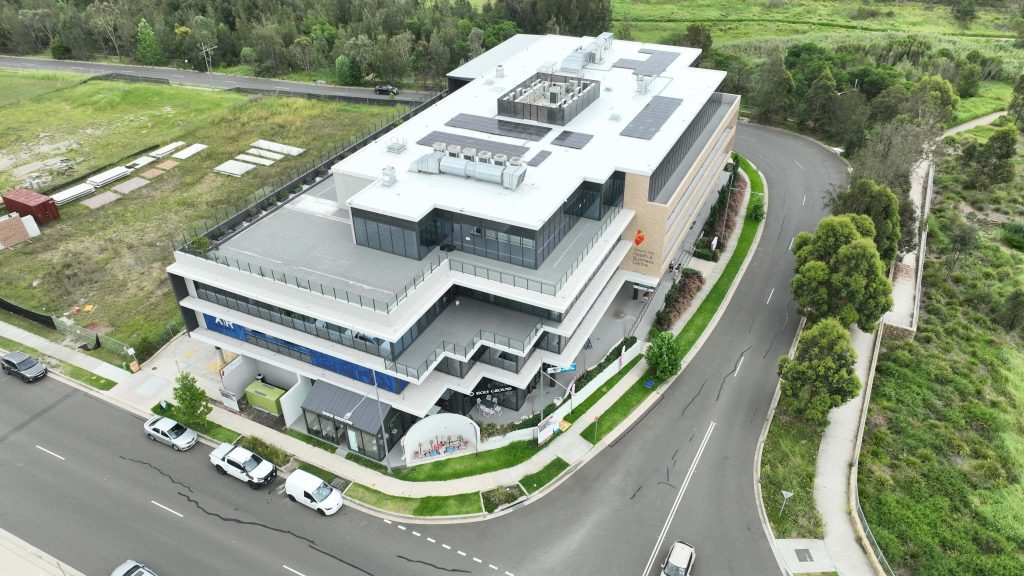
The feature of drones is enhanced by battery efficiency, longer flight time, and more extensive operational ranges.
The Australian government gave the rules and regulations to accommodate growing commercial drone usage. We need to balance innovation with safety and privacy concerns.
The drone should become a vital tool in precision agriculture, and help in crop monitoring, pesticide application, and yield optimization.
The logistics sector will increase which depends on drones for last-mile delivery services that can reduce delivery time and operational costs.
The camera and sensor technology of drones will make them indispensable in surveillance, border security, and law enforcement operations.
The drone can play important roles in disaster response and emergency services. They can provide real-time data and deliver critical supplies to inaccessible.
In industries, drones can be used for continuous inspections and maintenance like industrial energy, construction, and telecommunications which can improve the safety and efficiency of the industries.
Many drones can be used in different sectors for monitoring such as wildlife, agriculture inspection, tracking deforestation, and environmental damage.
Drones in the construction industry
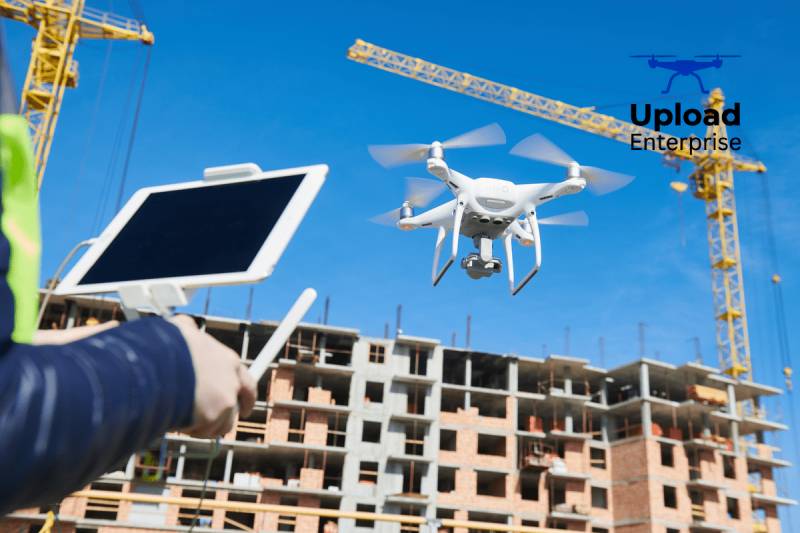
The drone should be used for providing precise aerial surveys and topographic maps. They can reduce the time and cost associated with a traditional surveying method.
Continuous drone flying can help project managers monitor the construction progress that meets the timelines and identify potential delays early.
Drones can give safety by inspecting unreachable or dangerous areas. They can reduce the risk to the human workers.
Drones help to track construction materials and equipment on site which can improve inventory management and reduce losses.
Drones can capture high-resolution photos which can be used to create 3D models for construction sites. This can help to plan and design adjustments.
High-resolution images from drones can allow for detailed inspection of construction quality which can identify the defects or issues that need addressing.
Drones consider environmental impact and monitor compliance with rules and regulations that can ensure the construction projects are environmentally responsible.
Aerial images can captured by drone which is used for marketing purposes. This footage can provide potential clients with a visual representation of the project.
It can reduce the number of manned aircraft and speed up the process. The drone can contribute to significant cost savings with their construction projects.
Drone should provide a comprehensive and up-to-date visual record of the construction site.
Industrial drone look after 5 year
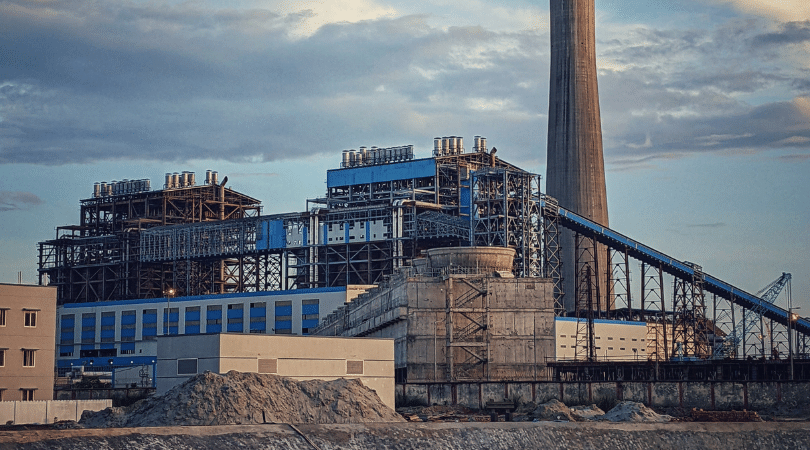
Industrial drones have the latest autonomous capabilities which can reduce the need for human intervention during complex tasks and they can inspect 24/7 operations.
In the future industrial drones can able to carry heavier payloads which can make them more versatile for tasks like transporting materials and equipment.
Next 5 years there should be improvements in battery technology and power management which can extend the flight duration of industrial drones. They can allow for longer missions without time-to-time charges.
Drones with sophisticated AI and machine learning algorithms can enable real-time data analysis and decision-making.
The sensor technology can allow industrial drones to collect more details and accurate data for applications like environmental monitoring, infrastructure inspection, and mapping.
Integration with 5G networks and other latest communication technologies will provide reliable high-speed data transfer and remote control capabilities.
In the future industrial drones have to be designed to operate in a wider range of environmental conditions which can include extreme temperatures, high winds, and dangerous areas.
Swarm technology has enabled multiple drones can work together simultaneously on complex tasks that can improve efficiency and coverage.
According to regulation industrial drones will come prepared with features that can ensure compliance with safety and privacy laws like geofencing and automatic identification systems.
Custom-made drones tailored to specific industries, such as agriculture, mining, and logistics which are more common, offering specialized capabilities and improved performance for targeted applications.
Growth of the drone industry in the next 5 years
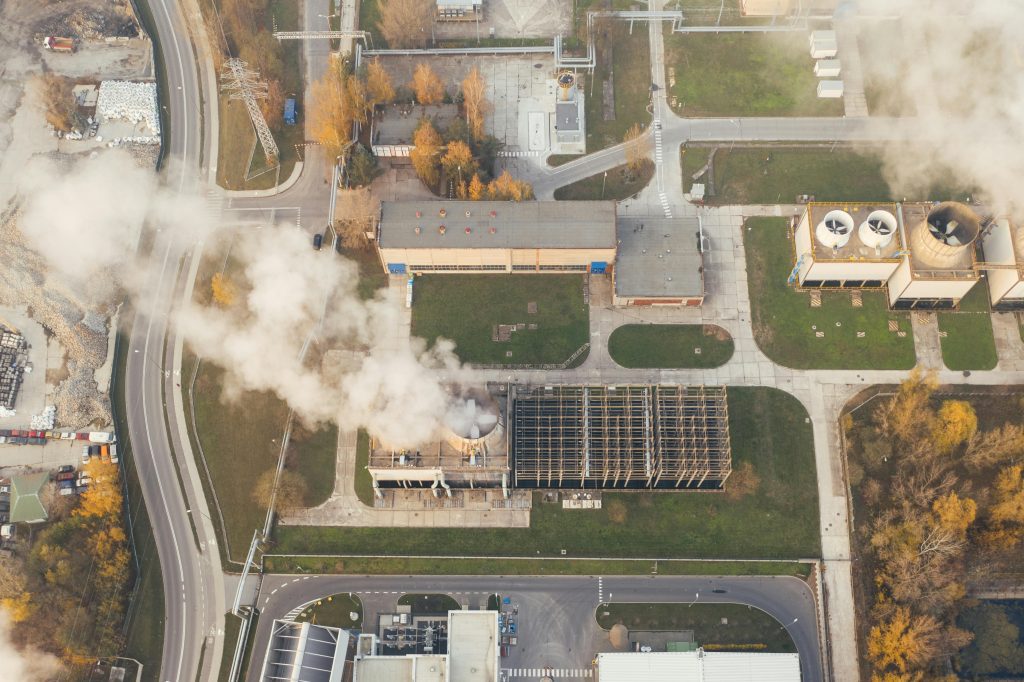
The drone market is expected to grow fast significantly. By increasing the demand across various sectors such as agriculture, logistics, construction, and emergency services.
Continuous improvements in drone technology can include improved battery life, AI integration, and the latest sensor technology which can drive industry growth and expand application possibilities.
According to the rule of Australian governments are establish clearer and more supportive regulatory frameworks, facilitating safer and more widespread use of drones in commercial and recreational activities.
Economies of scale and technological improvements can reduce the cost of drone manufacturing. The drones are more accessible to small businesses and individual consumers.
Precision agriculture has grown significantly. The drone has to be used for crop monitoring, soil analysis, and pesticide application, leading to increased yields and reduced costs for farmers.
Many industries will increasingly adopt drones for last-mile delivery, inventory management, and chain supply optimization which can improve efficiency and reduce delivery times.
The growth of the latest safety features such as collision avoidance systems and secure communication protocols. It can boost consumer and industry confidence in drone technology.
Drone have become more integrated into daily life and their benefits are more recognized, public acceptance and trust in drone technology have to grow with further driving adoption.
For various commercial applications, the infrastructure inspection to media production has to be expanded with businesses leveraging drones for less cost-effective and efficient solutions.
Drones have played an important role in environmental monitoring, wildlife conservation, and disaster response which can provide valuable data and assistance in managing natural resources and addressing environmental challenges.
Future of drones in the next 5 year

The future of drones is increasingly operated autonomously with the latest AI and machine learning algorithms which are enabling to perform complex tasks without human interaction.
The battery technology will be improved and energy efficiency will allow drones to fly longer distances and longer periods, extending their range of applications.
The Future of drones will be prepared with the latest sensors and high-resolution cameras which can enable more precise data collection and real-time analytics in fields like agriculture, construction, and environmental monitoring.
Using swarm technology allows multiple drones to work together simultaneously on coordinated missions, and improve their efficiency and effectiveness in applications such as search and rescue, surveillance, and delivery services.
The future of drones is the key component of the Internet of Things that is connected with other smart devices and systems to provide extensive, real-time data and insights for various industries.
Drones have to play an important role in significant urban air mobility which can include passenger drones and air taxis, offering new transportation solutions and reducing traffic in cities.
Drones have to be more specialized and customizable to meet the unique needs of different industries that can from healthcare and logistics to agriculture and emergency response.
Drones are highly used for public safety and security purposes which can include law enforcement, firefighting, and disaster response, providing real-time situational awareness and support.
Drone deliveries
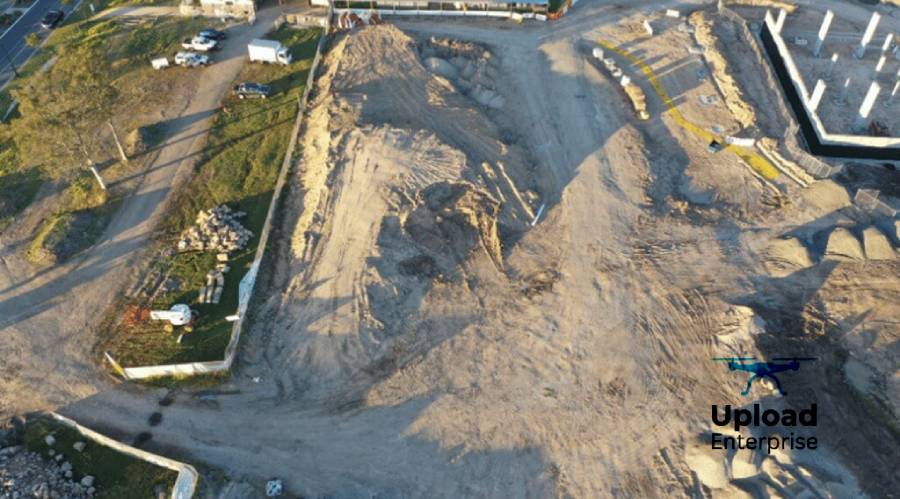
Drone deliveries which means to reduce delivery times and costs, particularly in urban areas where traffic congestion is a major issue.
Drone deliveries are enabled to access remote or unreachable locations like rural areas, islands, and disaster-stricken regions. Where the traditional delivery methods are impractical.
Drone deliveries have decreased the carbon footprint which is associated with traditional delivery vehicles, contributing to more sustainable logistics practices.
Drones can deliver goods quickly and directly to clients’ doorsteps, providing unprecedented levels of convenience for same-day or even same-hour delivery services.
Drones will be critical in delivering medical supplies, such as vaccines, blood, and emergency equipment, to healthcare facilities and disaster zones rapidly and reliably.
Drone markets
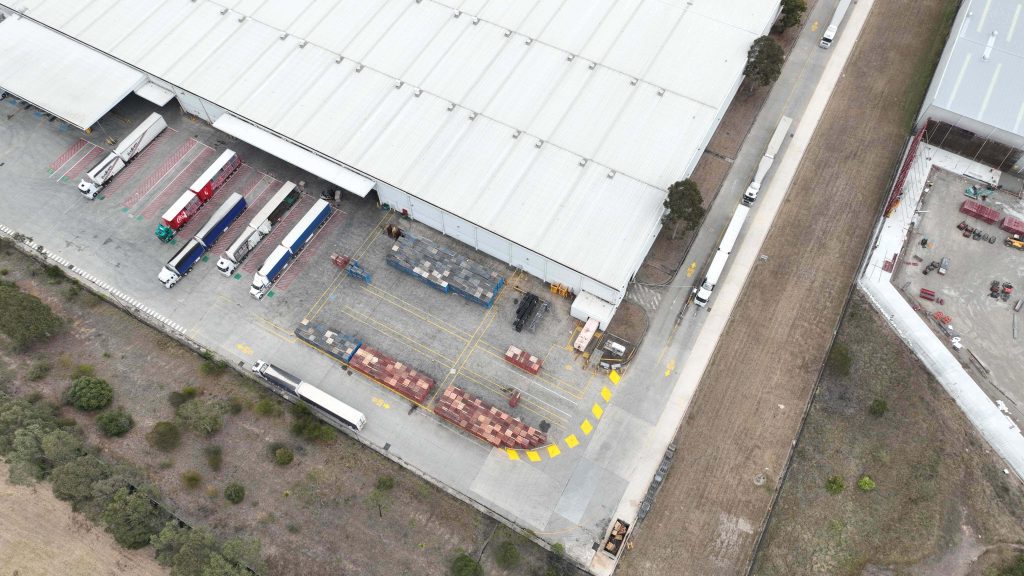
The drone market is rapidly expanding there businesses across various sectors such as agriculture farming, real estate construction, logistics, and real estate increasingly adopting drones to improve their efficiency, data collection, and operational cost savings.
The customer drone market continues to grow with the advancements in user-friendly technology, affordability, and the popularity of drones for recreational activities, photography, and videography.
Drone markets are evolving with the regulatory landscape. In the governments which can create more supportive and clear regulations, fostering safer and more widespread use of drones in both commercial and consumer segments.
Continuous improvements in drone technology, which can include battery life, AI, sensors, and autonomous capabilities, are driving market growth by expanding the potential applications and improving the performance of drones.
Increased investment and funding from venture capitalists, tech companies, and government grants are fueling innovation and development in the drone industry, leading to new products, services, and market opportunities.
commercial drone

Commercial drones are considerably used for the inspection of infrastructure such as bridges, power lines, and pipelines, providing high-resolution imagery and data that can reduce the need for risky manual inspections.
In agriculture farming, drones allow for monitoring crop health, assessing soil conditions, and managing irrigation systems, enabling farmers to increase yields and reduce costs through precision farming techniques.
Most companies use drones for efficient last-mile delivery, inventory management, and warehouse operations, streamlining logistics processes and reducing delivery times.
Drones can inspect fast and accurate survey mapping solutions for construction, mining, and land management. By producing detailed topographic maps and 3D models that enhance project planning and execution.
Commercial drones play an important role in environmental monitoring. It can track changes in ecosystems, assess wildlife populations, and detect pollution. It can help organizations make informed conservation and management decisions.
